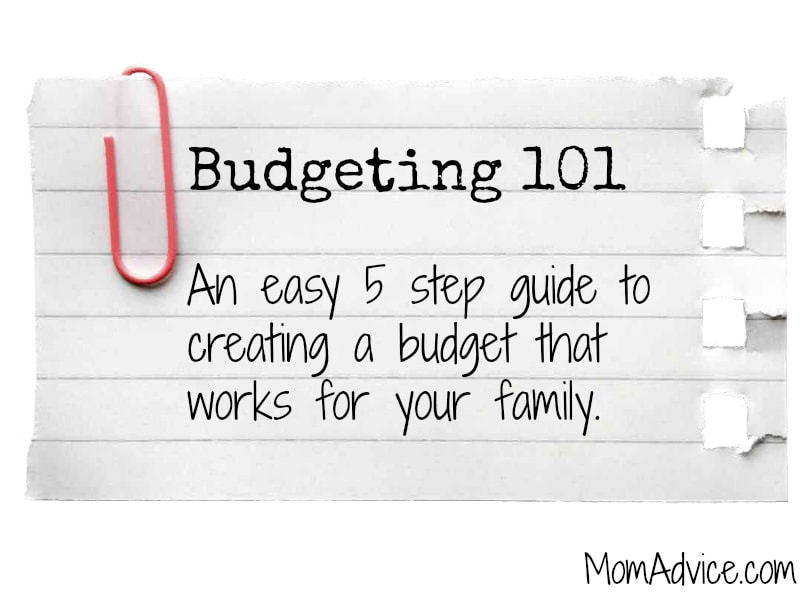From our money & finance contributor, Kelly Whalen.
Note: This will be my last post as a contributor for MomAdvice. Thank you for all the thoughtful comments, support, and most especially thank you to Amy for the opportunity. My hope is that if you look through the archives of my posts you will get a clear financial education from beginning to end. It only seems fitting to end our journey with retirement.

Most of us grew up with the notion that retirement came after 40+ years in the workforce and came with golf, social security checks, and retiring to somewhere warm. For most Americans that dream of the ‘golden years’ has disappeared. Somewhere during our recent recession it became more obvious that the idea of traditional retirement wasn’t going to be an option for most people. In fact over 60% of Americans have under $25,000 saved for retirement. *
That doesn’t have to be a bad thing, though. You no longer have to tie yourself to a cubicle or labor every day and then sit on your buns from 65 on. Instead you can plan for a second life that will be just as fulfilling as your first career — a second life that may even start sooner than you think.
Planning for your Second Life: Financial Planning
Start Saving Now
Saving early means your savings have longer to grow. If you haven’t started saving now is the time to start. If you have been saving for retirement consider ramping up your savings for 2015.
Take Advantage of your Retirement Options
- 401ks are popular for companies and they offer a great advantage—free money in the form of matching from your employer.
- Roth IRAs are another great option. In addition to using the funds for retirement you can also use them for educational costs. This allows you to bank money for your kids’ college educations, but if they don’t need or use it you can continue to bank on it for retirement.
- If you’re self-employed look into a self-employed 401k. They offer you the ability to save more than most retirement options and have low maintenance costs.
Live on Less
It’s always good to live on less, but especially when you start to think about retiring. Cutting back on expenses now not only means more savings to grow, but you will become accustomed to living well within your means.
Planning for your Second Life: Work
Don’t Stop Working
The reality for many of us is that we will continue to work well past the traditional retirement age of 65. While you may not be suited to your current career there are other opportunities to use your skills to earn an income. Below are a few options to consider.
- Finding a Work/Live Job: House sitting, live-in jobs such as caretaking or management can provide you with a place to live rent-free. This can be a great option in retirement to slash housing costs, and allow you to earn an income.
- Offering your Skills as a Consultant: While you may leave your 9 to 5 gig you can still use your skills to earn income as a consultant. Whether you work with a consulting company or strike out on your own you may find you can earn even more than your typical paycheck as a consultant.
- Bartering or Work for Trade: Relying on your skills and hobbies will allow you to barter or trade services with others. For instance, a former CPA may do taxes for a small business client bartering for their services. You can also trade your time for services such as working the front desk at your local gym for 5 hours per week in exchange for free membership.
Planning for your Second Life: Housing
Go Multi-Generational
As housing costs and expenses soar it makes sense to share housing costs, but instead of renting out a room to a stranger, or downsizing consider living with family members. While it may not work for everyone it can be a huge money saver and a way to stay connected with your family members. The big benefit comes in divvying up the housing costs and the household chores.
Planning for your Second Life: Phase Two Begins
Start Phase Two Now
Instead of waiting until your kids are all grown and you’re in your 60s to retire take a hard look at what it would take for you to be able to work less, downsize, or move somewhere more affordable now. While you may not be able to retire in the traditional sense you can realign your budget and thinking to fit a lower stress phase two of life and possibly even find room in the budget to take on a project or build a new career based on your passions instead of the need to climb the corporate ladder.
With careful and strategic planning you can move into the next phase of your life and find it just as fulfilling (if not more so) than your first life.
*Source: Employee Benefit Research Institute
Pin It








